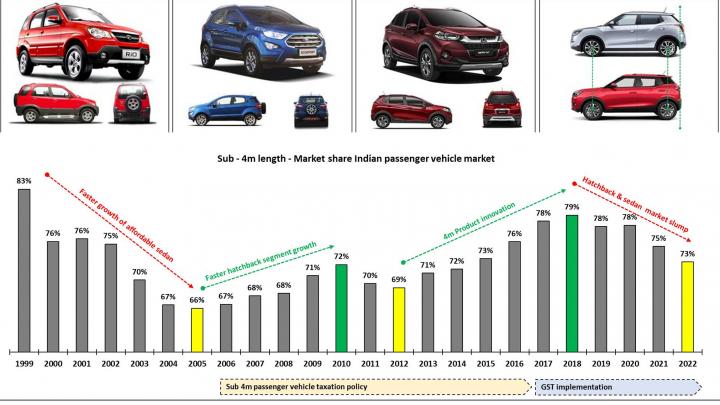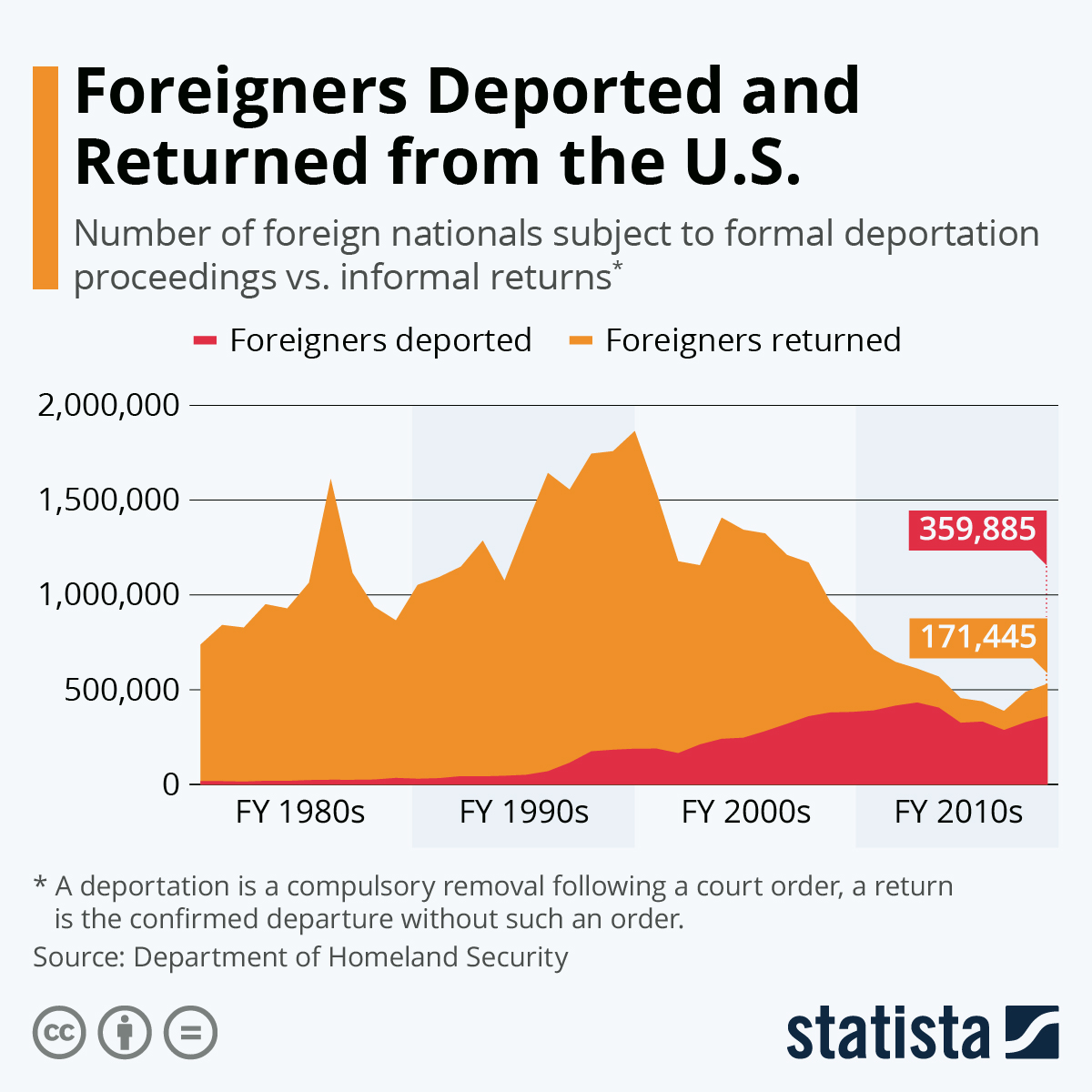China's Automotive Landscape: How It Impacts Brands Like BMW And Porsche

Table of Contents
The Sheer Size and Growth of the Chinese Automotive Market
Market Dominance and Future Projections
China's automotive market undeniably holds the top spot globally. In 2022, it accounted for roughly 30% of global vehicle sales, a position it has held for years. Future projections remain optimistic, with continued growth expected, fueled by a rising middle class and increasing urbanization.
- Market Share Statistics: China consistently surpasses other major markets like the US and Europe in terms of annual vehicle sales.
- Projected Growth Figures: Industry analysts predict steady growth in the coming years, even considering global economic uncertainties. The focus on electric vehicles is a significant driver of this growth.
- Government Initiatives Supporting the EV Market: The Chinese government actively promotes electric vehicle adoption through subsidies, tax breaks, and infrastructure development. This creates a massive opportunity but also presents challenges for brands needing to adapt.
Shifting Consumer Preferences
Chinese consumer preferences are dynamic and influential. While luxury brands remain desirable, there's a clear shift towards specific vehicle types and technological advancements.
- Popular Vehicle Segments: SUVs and electric vehicles (EVs) are experiencing explosive growth in popularity, outpacing traditional sedan sales.
- Emerging Trends: Autonomous driving features, advanced connectivity, and sophisticated infotainment systems are highly sought after by Chinese consumers.
- Influence of Social Media and Online Reviews: Online platforms like WeChat and Weibo significantly impact consumer decisions. Positive online reviews and influencer marketing are critical for success.
Unique Regulatory Environment and Government Policies
Emission Standards and EV Quotas
China has implemented stringent emission standards, pushing automakers to accelerate the development and production of electric vehicles (EVs). The government sets ambitious quotas for EV production and sales, forcing companies to adapt or face penalties.
- Specific Regulations: China's increasingly strict emission standards (e.g., CAFC standards) require continuous technological innovation.
- Compliance Challenges: Meeting these stringent regulations necessitates significant investment in research and development (R&D) for electric and hybrid powertrains.
- Impact on Investment in EV Technology: Luxury brands must allocate substantial resources to comply with regulations and compete in the growing EV market.
Import Tariffs and Local Content Requirements
Import tariffs and local content requirements significantly influence the pricing and manufacturing strategies of luxury brands operating in China.
- Tariff Implications: High import tariffs increase the cost of imported vehicles, making locally produced vehicles more competitive.
- Localization Strategies: Many luxury brands establish local manufacturing facilities or joint ventures to reduce costs and meet local content requirements.
- Impact on Profitability: Balancing the need to comply with regulations and maintain profitability is a key challenge for international brands.
Competitive Landscape and Local Players
Rise of Domestic Automakers
The rise of strong domestic automakers is a key factor shaping China's automotive landscape. These brands leverage their understanding of the local market and offer competitive pricing and features.
- Key Domestic Competitors: Companies like BYD, Geely, and NIO are increasingly challenging international brands in various segments.
- Their Market Strategies: Domestic brands often focus on providing value-for-money propositions, incorporating advanced technologies, and catering to specific consumer preferences.
- Competitive Advantages: Strong local supply chains, government support, and deep understanding of consumer needs provide domestic brands with significant advantages.
Joint Ventures and Partnerships
Joint ventures and strategic partnerships are crucial for navigating the complexities of the Chinese market. These collaborations enable foreign brands to access local expertise, distribution networks, and manufacturing capabilities.
- Examples of Successful Partnerships: Many international brands have successfully partnered with Chinese companies to leverage their local knowledge and market access.
- Benefits and Challenges of Joint Ventures: While joint ventures offer significant advantages, navigating cultural differences and managing shared decision-making can present challenges.
Marketing and Branding Strategies in China
Tailoring Products and Marketing to Chinese Consumers
Luxury brands need to carefully adapt their products and marketing messages to resonate with the unique tastes and preferences of Chinese consumers.
- Examples of Successful Localization Strategies: This could involve offering unique trim levels, colors, or features specifically tailored to Chinese preferences.
- Culturally Relevant Marketing Campaigns: Successful campaigns often integrate elements of Chinese culture, values, and aesthetics.
Digital Marketing and Social Media Engagement
Digital marketing and social media engagement are paramount for reaching Chinese consumers. These channels offer direct access to a large and engaged audience.
- Popular Social Media Platforms: WeChat, Weibo, and Douyin (TikTok) are key platforms for reaching target audiences.
- Digital Marketing Strategies: Utilizing targeted advertising, influencer marketing, and engaging content is crucial for effective brand building.
- Impact on Brand Building: A strong online presence and effective digital marketing are essential for building brand awareness and loyalty in China.
Conclusion
China's automotive landscape is dynamic and complex, demanding adaptability and strategic planning from international brands like BMW and Porsche. The market's sheer size, unique regulatory environment, fierce competition from domestic players, and evolving consumer preferences all necessitate tailored strategies. Understanding the intricacies of China's automotive landscape is crucial for success. By understanding these complexities, brands can better position themselves for success in this dynamic and crucial market. Continue your research into the intricacies of China's Automotive Landscape to gain a competitive edge.

Featured Posts
-
 Why Middle Managers Are Essential For Company Success And Employee Growth
Apr 23, 2025
Why Middle Managers Are Essential For Company Success And Employee Growth
Apr 23, 2025 -
 China Seeks Canadian Oil As Us Trade War Intensifies
Apr 23, 2025
China Seeks Canadian Oil As Us Trade War Intensifies
Apr 23, 2025 -
 Comprendre La Philosophie De Marc Fiorentino A Travers Sa Carte Blanche
Apr 23, 2025
Comprendre La Philosophie De Marc Fiorentino A Travers Sa Carte Blanche
Apr 23, 2025 -
 The Trump Effect A Survey On Canadian Immigration To The Us
Apr 23, 2025
The Trump Effect A Survey On Canadian Immigration To The Us
Apr 23, 2025 -
 The China Market A Case Study Of Bmw And Porsches Strategic Adaptations
Apr 23, 2025
The China Market A Case Study Of Bmw And Porsches Strategic Adaptations
Apr 23, 2025
Latest Posts
-
 Officers Face Misconduct Meeting Nottingham Attacks Probe
May 10, 2025
Officers Face Misconduct Meeting Nottingham Attacks Probe
May 10, 2025 -
 Deborah Taylor Ex Judge Appointed To Chair Nottingham Attacks Investigation
May 10, 2025
Deborah Taylor Ex Judge Appointed To Chair Nottingham Attacks Investigation
May 10, 2025 -
 Nottingham Attacks Survivors Voices A Testimony Of Strength And Survival
May 10, 2025
Nottingham Attacks Survivors Voices A Testimony Of Strength And Survival
May 10, 2025 -
 First Hand Accounts Nottingham Attack Survivors Tell Their Stories
May 10, 2025
First Hand Accounts Nottingham Attack Survivors Tell Their Stories
May 10, 2025 -
 Nottingham Survivors Recount Experiences After Devastating Attacks
May 10, 2025
Nottingham Survivors Recount Experiences After Devastating Attacks
May 10, 2025
